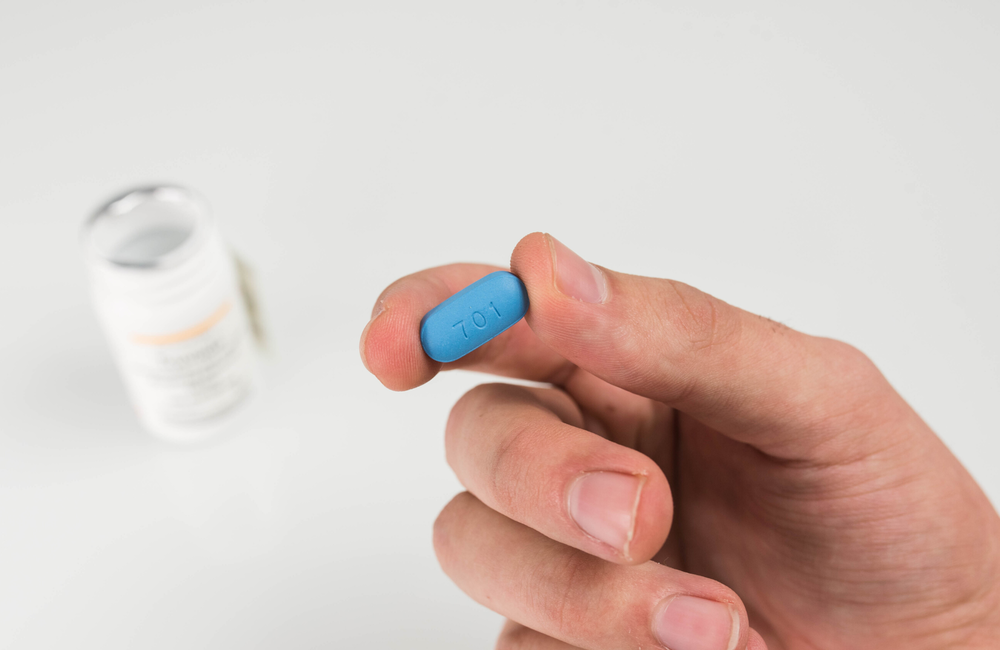
Individuals who stop PrEP may still remain at high risk of infection with HIV, according to research conducted in San Francisco and published in the Journal of the International AIDS Society. In-depth interviews with individuals who seroconverted to HIV after taking PrEP showed that major obstacles to remaining on it included drug use, mental health problems, housing insecurity, difficulty access the medication (expense, cost and time required for medical appointments), difficulty weighing up the risk and benefits of PrEP, and entering a committed relationship.
“HIV incidence was high among individuals with gaps in PrEP,” comment the researchers. “Integrated strategies to support PrEP users with substance use or mental health treatment, simplification of medication coverage while streamlining PrEP delivery, and proactive outreach to PrEP users can support PrEP persistence among individuals with ongoing HIV risk.”
Although PrEP is highly effective, studies have shown discontinuation rates of between 15 and 62% within six months of starting therapy.
A group of researchers led by Dr Matthew Spinelli at the University of California San Francisco wanted to get a clearer understanding of HIV incidence among people who stop PrEP and the reasons leading to PrEP discontinuation.
They therefore analysed the medical records of almost 1000 individuals who started PrEP at 14 safety-net primary care clinics in San Francisco between 2012 and 2018, identifying those who seroconverted for HIV. People who became infected with HIV during or after taking PrEP were interviewed to determine why they either did not adhere to the treatment or stopped taking it. The overall aim of the study was to identify factors that could be proactively addressed by healthcare providers.
A total of 986 individuals started PrEP during the six years of the study. Two-thirds were gay and bisexual men, 14% transgender women, 19% heterosexual and 1% injecting drug users. The median age was 35 years and the group was racially diverse.
The median time on PrEP was eight months. Participants were followed for a total of 953 person-years while taking PrEP and 895 person-years after discontinuing it.
Eight HIV infections were documented. One happened while an individual was taking event-based PrEP, the others occurred after stopping PrEP.
HIV incidence was 0.1 per 100 person-years among people taking PrEP compared to 0.8 per 100 person-years among individuals who had discontinued treatment.
“The HIV incidence rate was 7.5-fold higher in off-PrEP periods compared to the rate during periods on PrEP,” note Dr Spinelli and colleagues.
All eight of those seroconverting agreed to take part in an in-depth interview. Five were gay or bisexual men and three were transgender women.
Analysis of the interview transcripts enabled the investigators to identify several common barriers to adhering to or remaining on PrEP.
The first of these involved difficulties using PrEP because of substance use, mental health problems or housing insecurity. One or more of these issues was identified by all seven of the people who contracted HIV after stopping PrEP. In four cases, chemsex had a major impact on individuals’ ability to take the treatment. Participants described missing medical appointments and difficulties with adherence. One man believed that a combination of untreated depression and drug use was a major factor in his PrEP discontinuation. Two people said that they believed that losing their homes was a key factor in stopping it.
“Our study highlights the importance of social determinants of health, such as access to housing, mental health care, and substance abuse treatment, for people using PrEP,” write the authors. “The intersection of substance use and difficulties accessing and adhering to prevention strategies among participants highlights the need for integrated care strategies.”
Five interviewees had difficulty prioritising PrEP. Among the specific problems identified by participants were the effort needed to keep health insurance active and finding the time and money to attend medical appointments. Four participants did not consult their healthcare provider before stopping PrEP. All agreed that proactive outreach – a text message or call – from their clinic would have been beneficial.
"Seven interviewees had difficulties using PrEP because of substance use, mental health problems or housing insecurity."
Five respondents also had difficulties assessing PrEP’s benefits against its perceived risks and difficulty evaluating the risk of HIV infection. Participants reported greater motivation to remain on PrEP when they had a greater number of sexual partners. Some emphasis found the emphasis on using PrEP due to 'risk behaviour' stigmatising.
The one person who became infected with HIV while taking PrEP had switched from daily therapy to on-demand PrEP. He made this change because his doctor was concerned about his worsening kidney function. The individual reported confusion about his dosing schedule and the type of sexual encounters that merited use of PrEP.
Finally, for two individuals the desire for trust and intimacy had an impact on their willingness to remain on PrEP. They went into a primary partnership and felt that PrEP was perceived as a drug for people who had multiple sexual partners or who did not trust their partner.
“By virtue of previously requesting or being offered PrEP, former PrEP users are a key population for prevention interventions, either to support PrEP reinitiation or to offer alternative prevention strategies,” conclude the authors. “As more and more individuals try PrEP in high HIV incidence areas supporting continued PrEP use during periods of risk will increasingly become a critical gap in the HIV prevention cascade.”
Spinelli MA et al. Missed opportunities to prevent HIV infections among pre-exposure prophylaxis users: a population-based mixed methods study, San Francisco, United States. Journal of the International AIDS Society, 23:e25472, April 2020 (open access).
https://doi.org/10.1002/jia2.25472.

